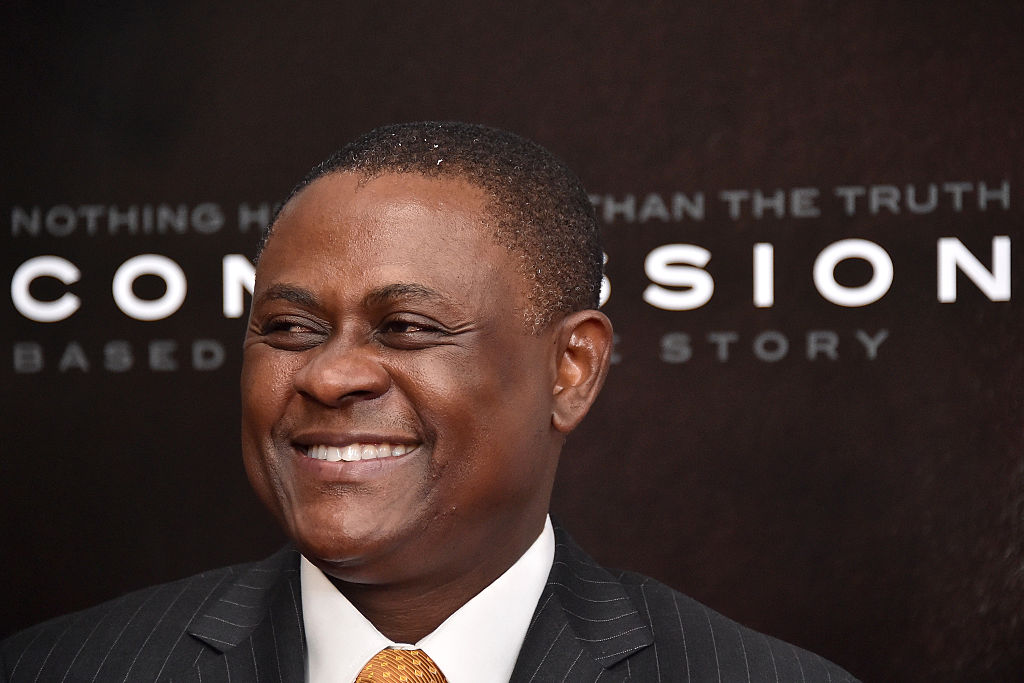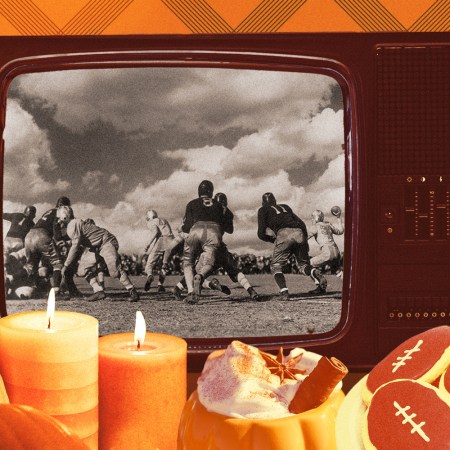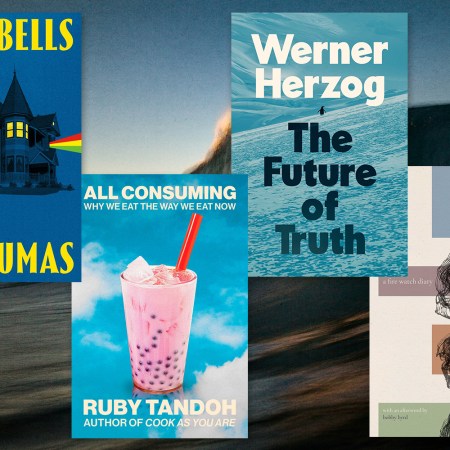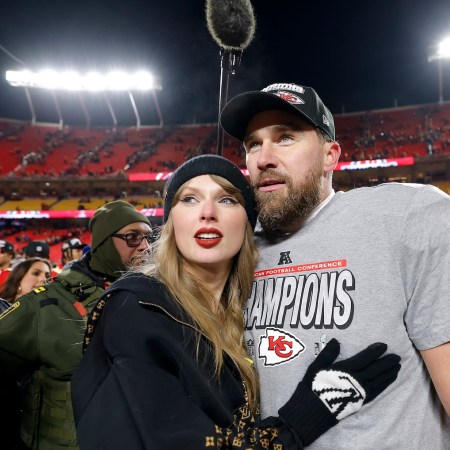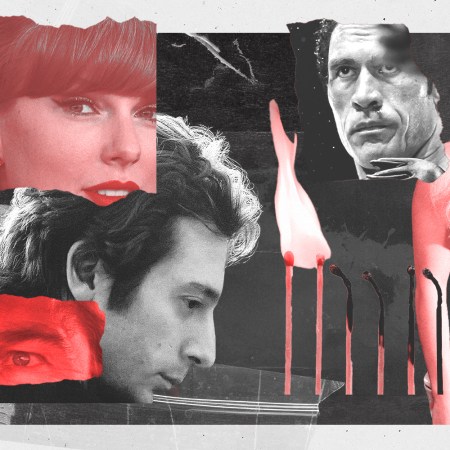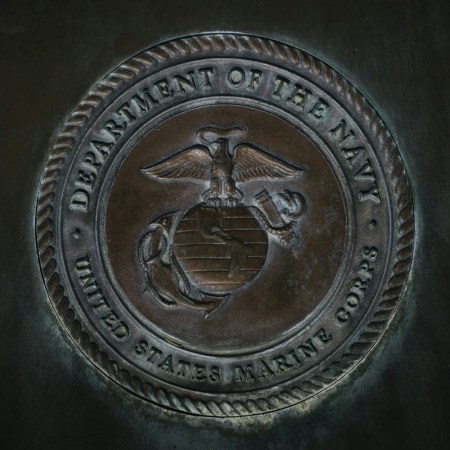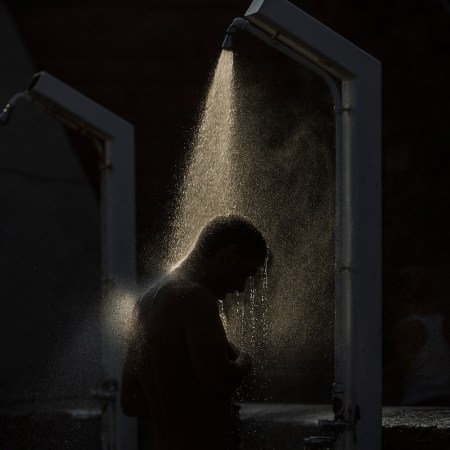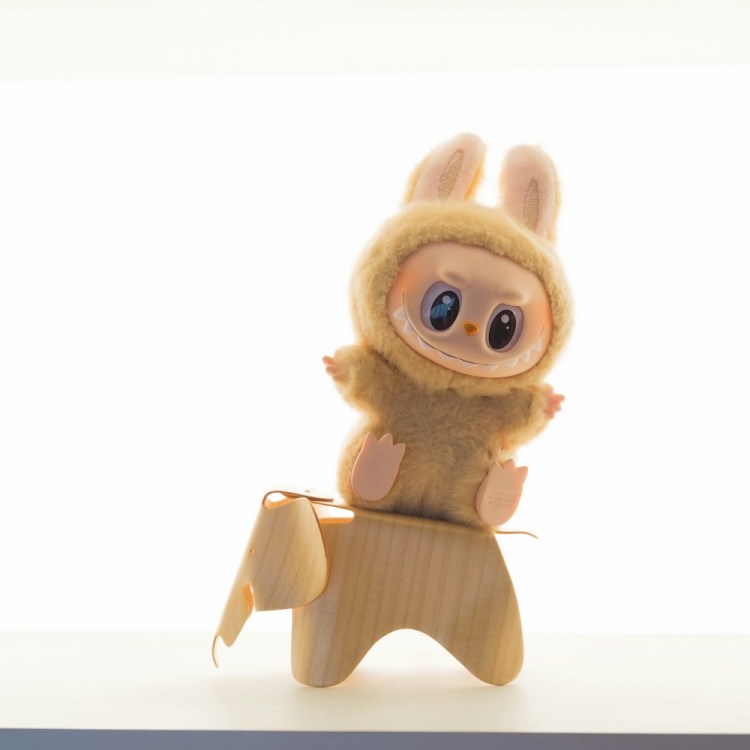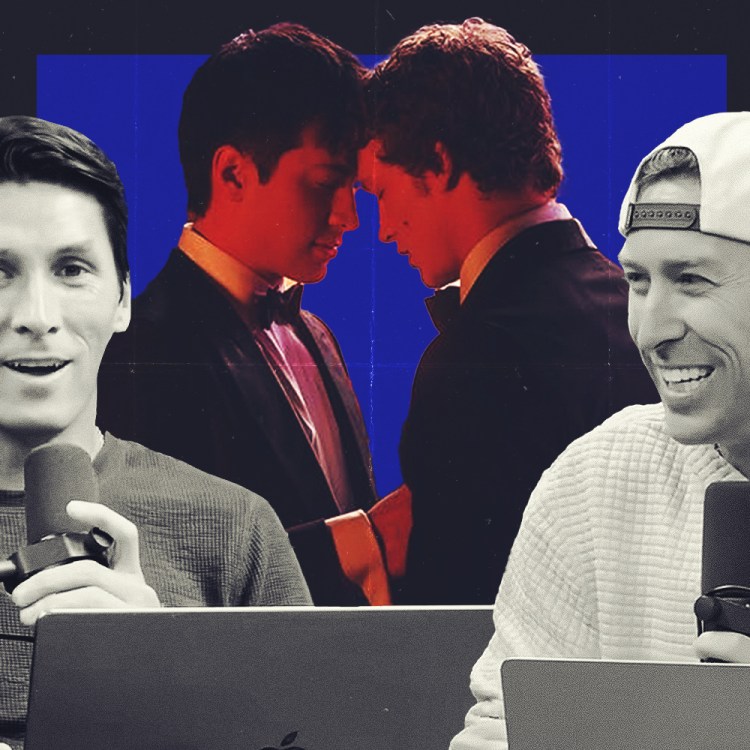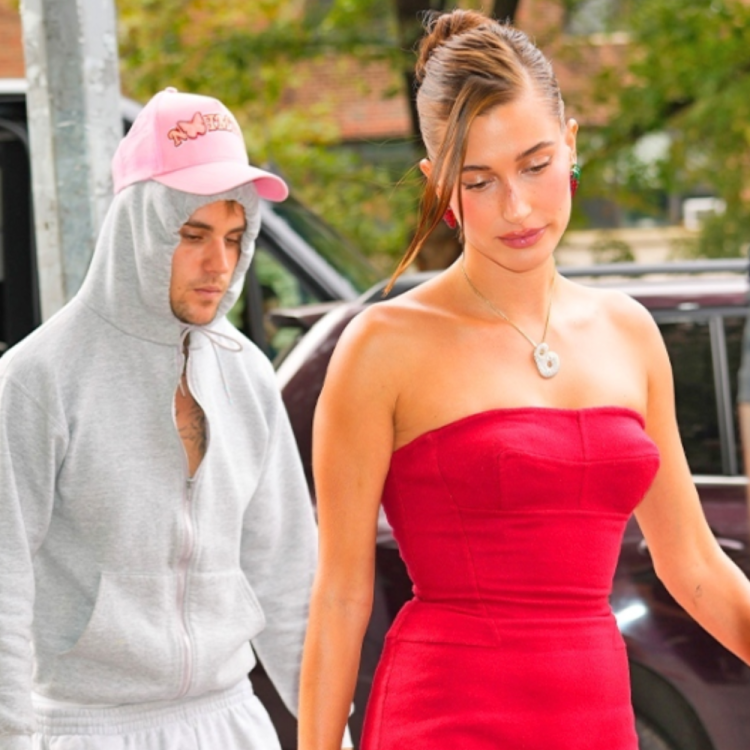If you’re familiar with the name of Dr. Bennet Omalu, it’s likely due to his work researching the effect of head trauma on professional athletes. He’s been played on screen by no less than Will Smith — in the acclaimed 2015 film Concussion — and continues to discuss the ill effects of head injuries on athletes as they age. His memoir, Truth Doesn’t Have a Side: My Alarming Discovery about the Danger of Contact Sports, came out in 2017, leading to more public appearances.
A new article by Will Hobson in The Washington Post explores the influence that Omalu has had on the discussion of sports in the 21st century. Hobson notes that since Omalu announced his findings in 2005, “concerns about CTE have inspired a global revolution in concussion safety and fueled an ongoing existential crisis for America’s most popular sport.”
But Hobson also raises an alarming concern about Omalu’s work:
But across the brain science community, there is wide consensus on one thing: Omalu, the man considered by many the public face of CTE research, routinely exaggerates his accomplishments and dramatically overstates the known risks of CTE and contact sports, fueling misconceptions about the disease …
This conclusion comes from Hobson’s interviews with numerous experts in the field, as well as numerous peer-reviewed papers. It paints a picture of the way perceptions of science can affect scientific research — and keep potential breakthroughs from taking place.
This isn’t the first time Omalu’s work has been called into question. The release of Concussion prompted some writers to explore how the film did and did not reflect reality. A Slate article from late 2015 explored how perceptions of CTE connect to what many people believe about sports and head trauma — beliefs that may not be reflected in actual scientific evidence. That’s one of the areas Hobson covers in his article as well — which makes for an unsettling look into where science and myths converge.
Subscribe here for our free daily newsletter.
The Charge will help you move better, think clearer and stay in the game longer. Subscribe to our wellness newsletter today.
